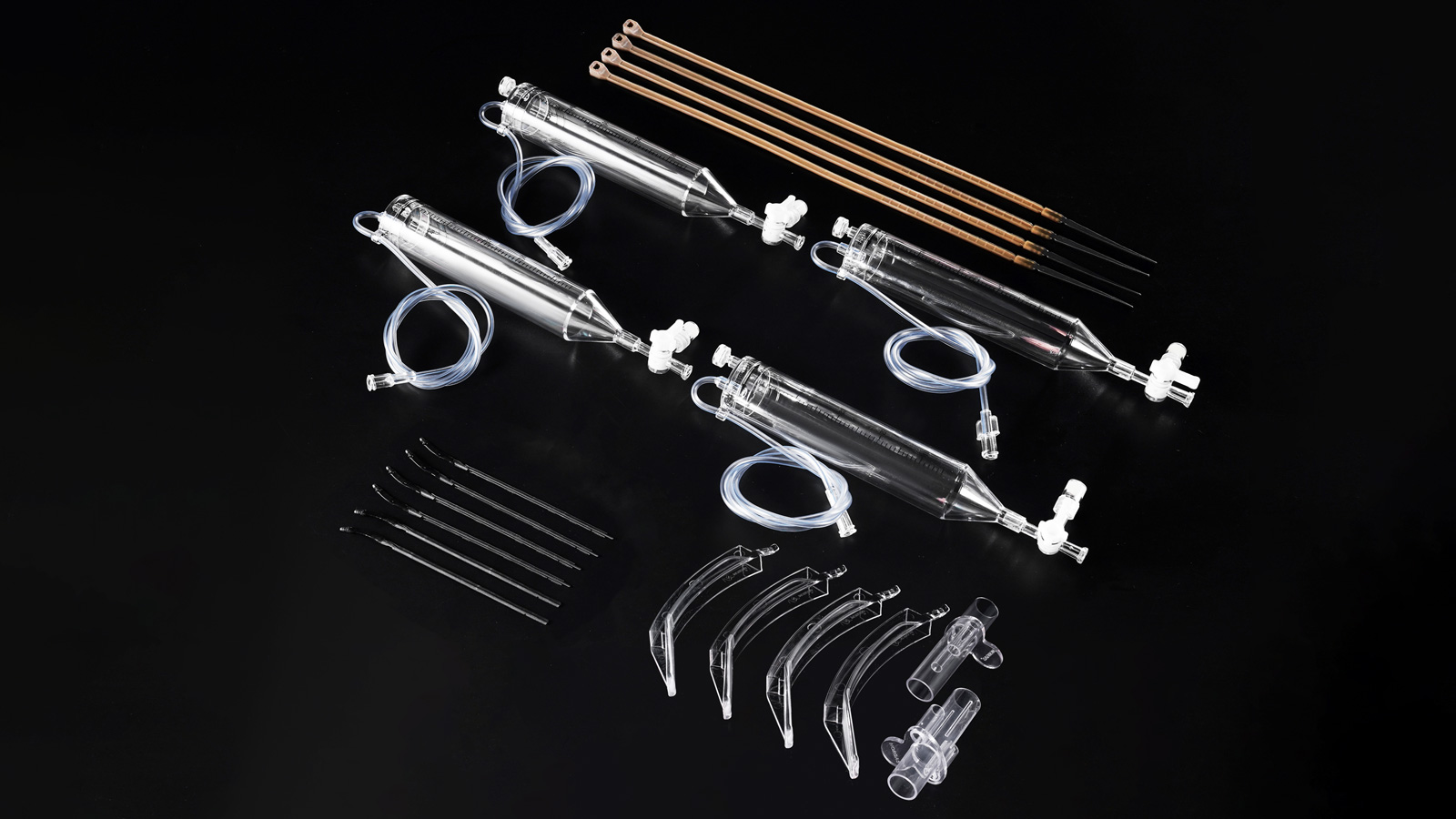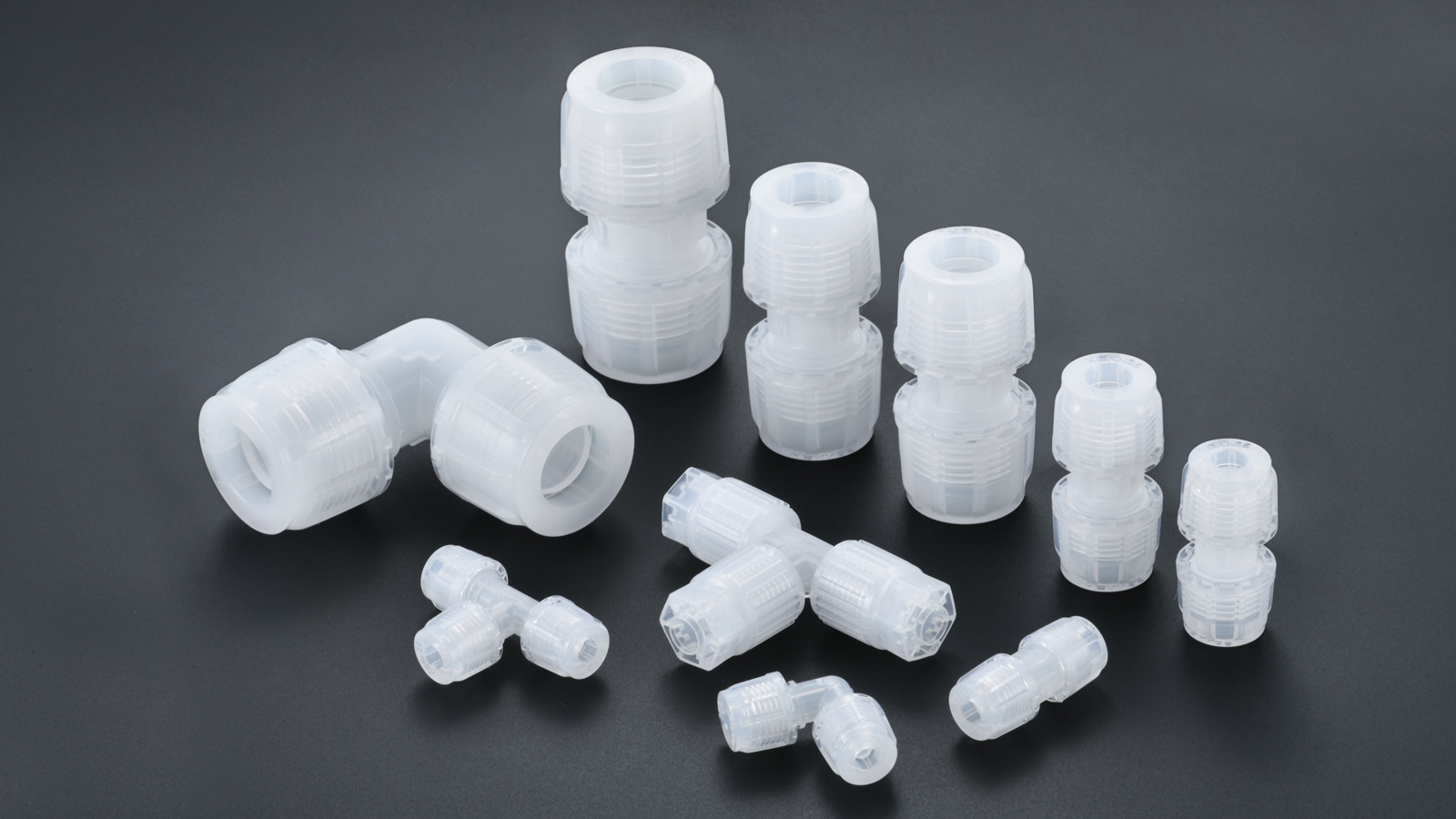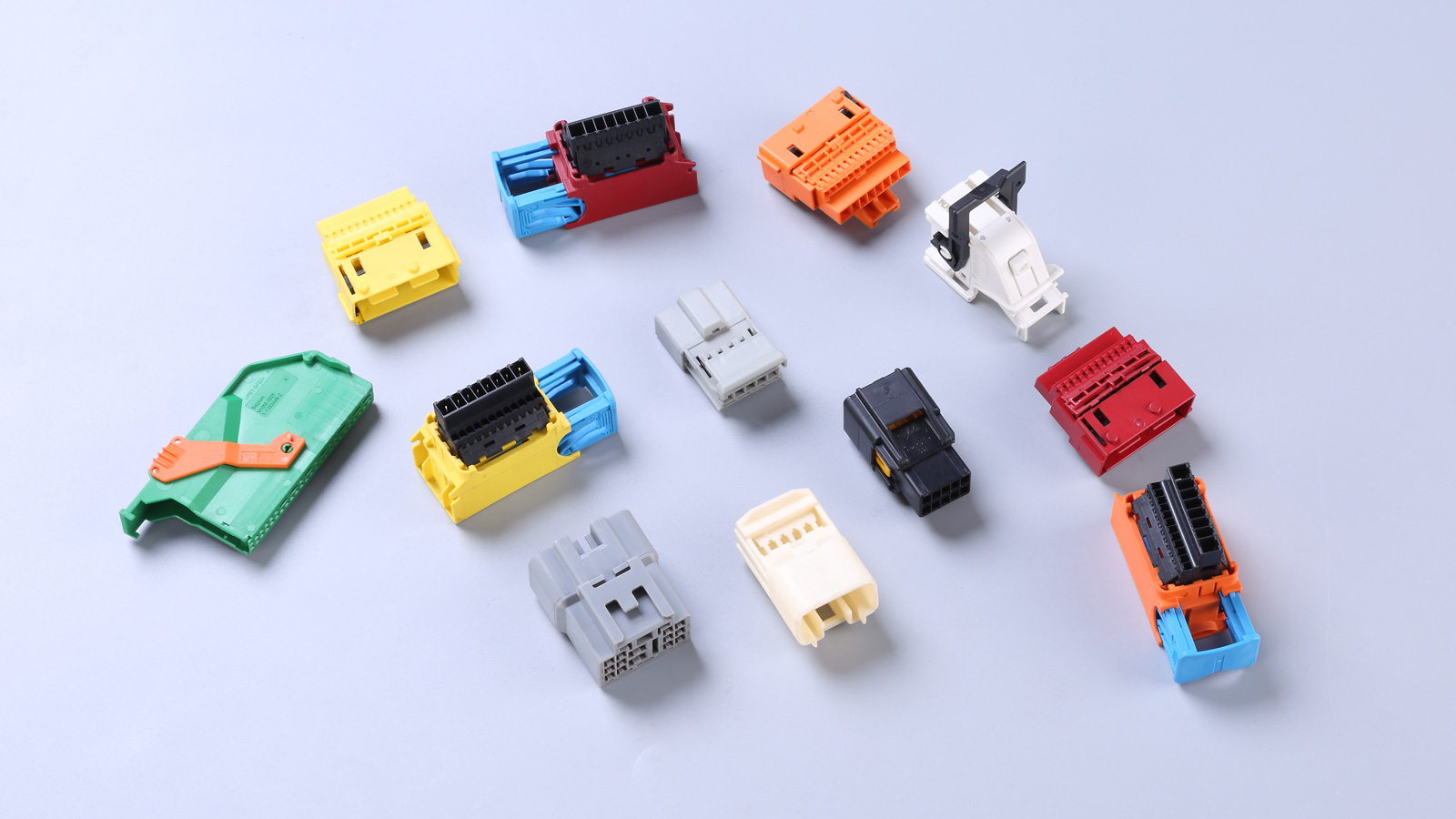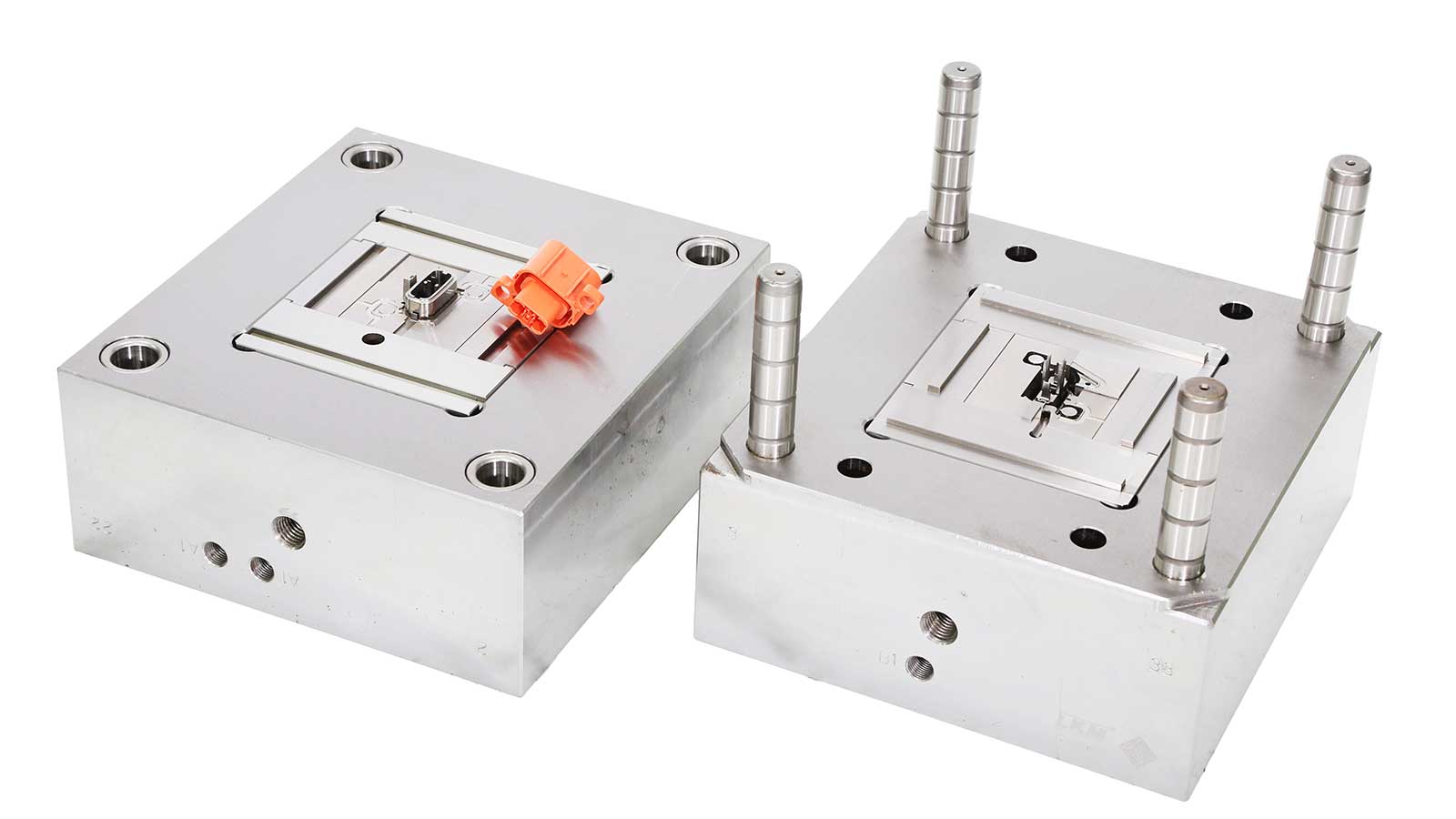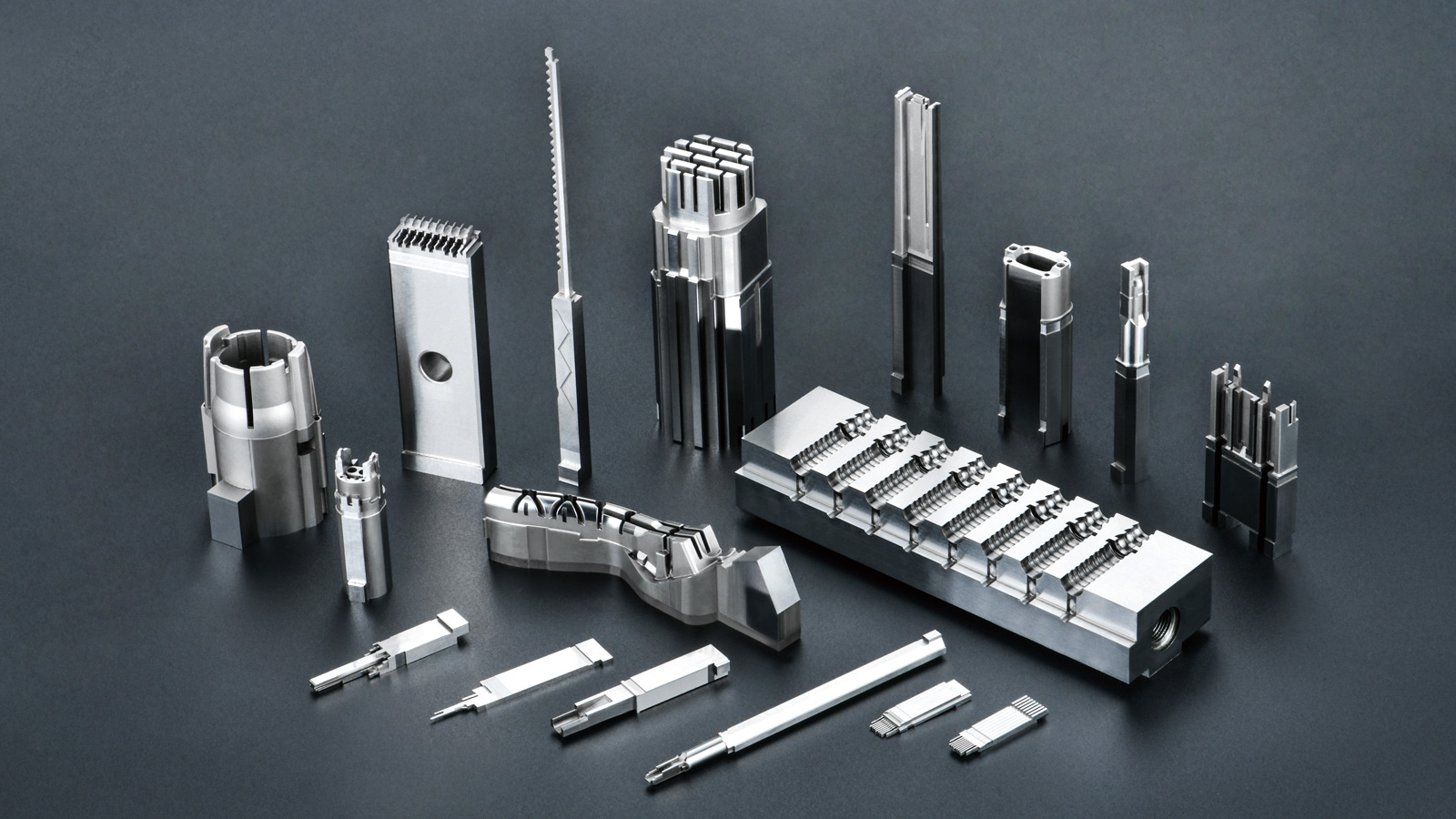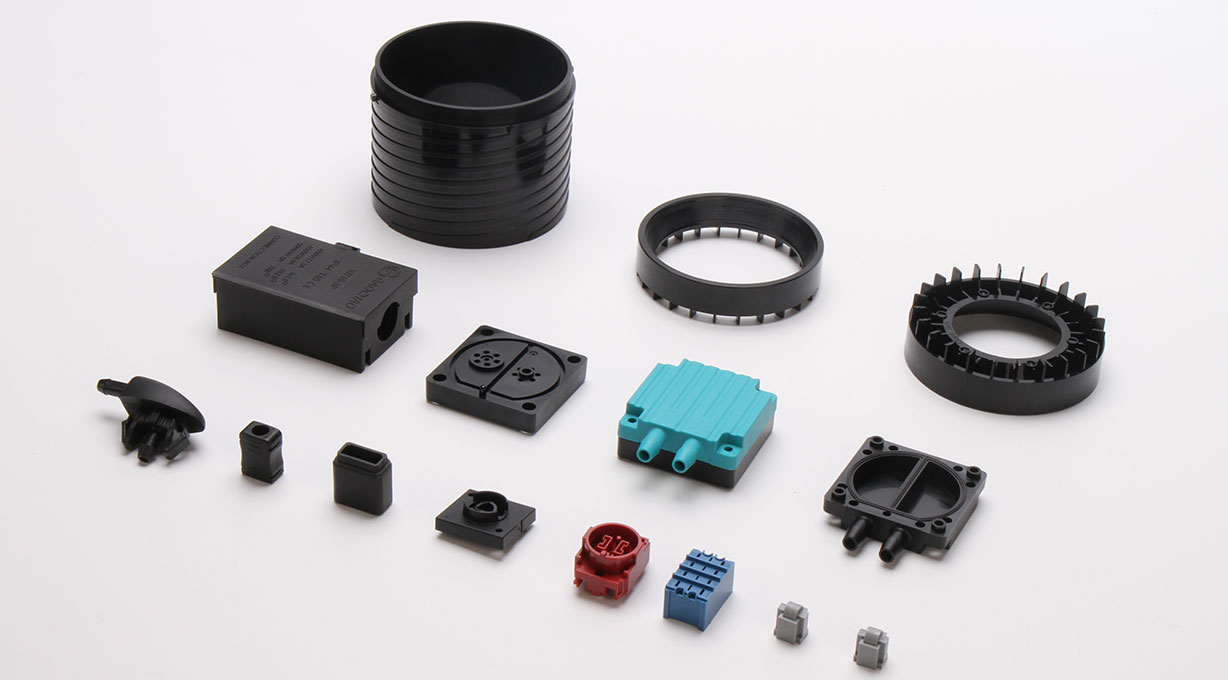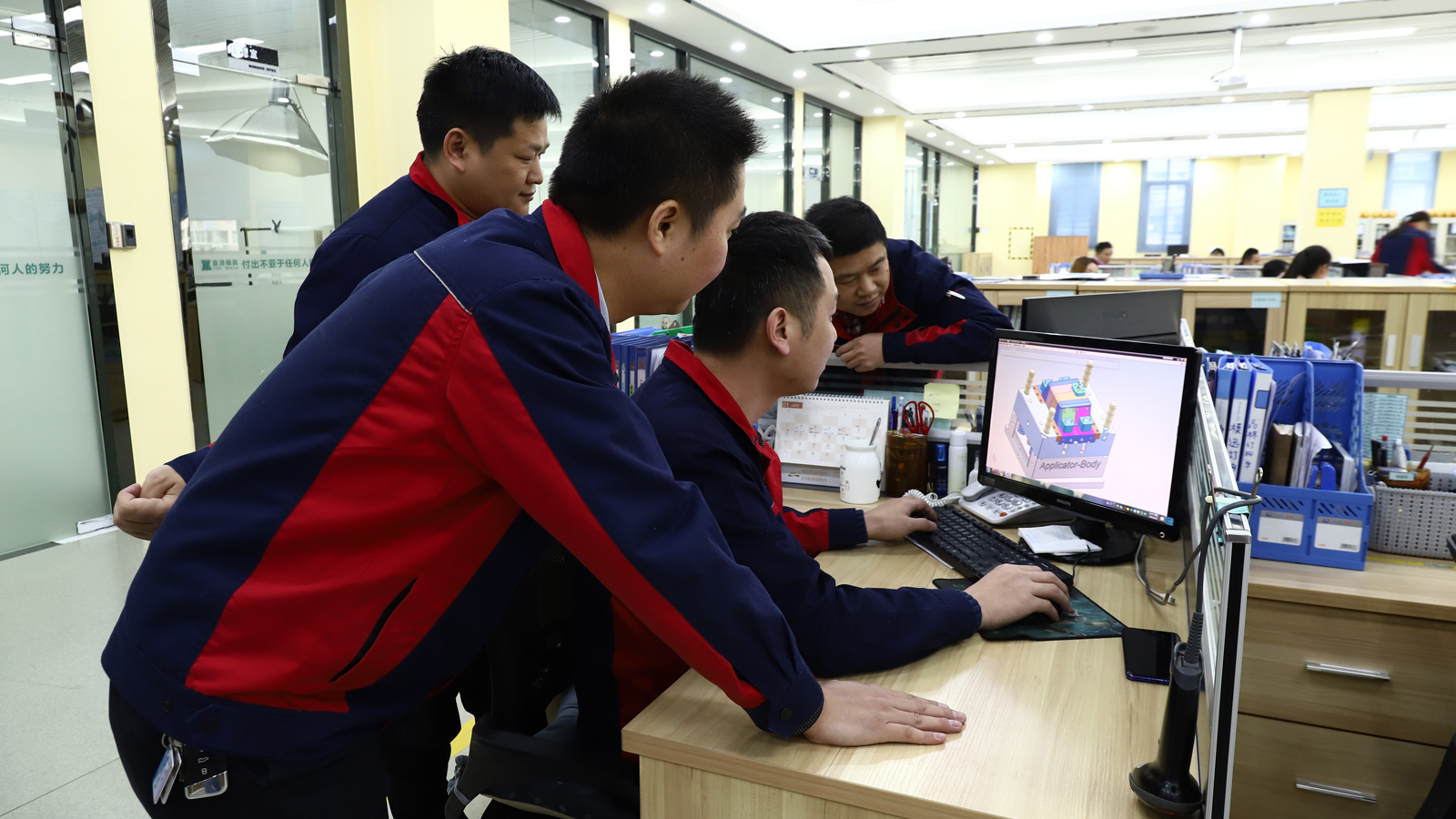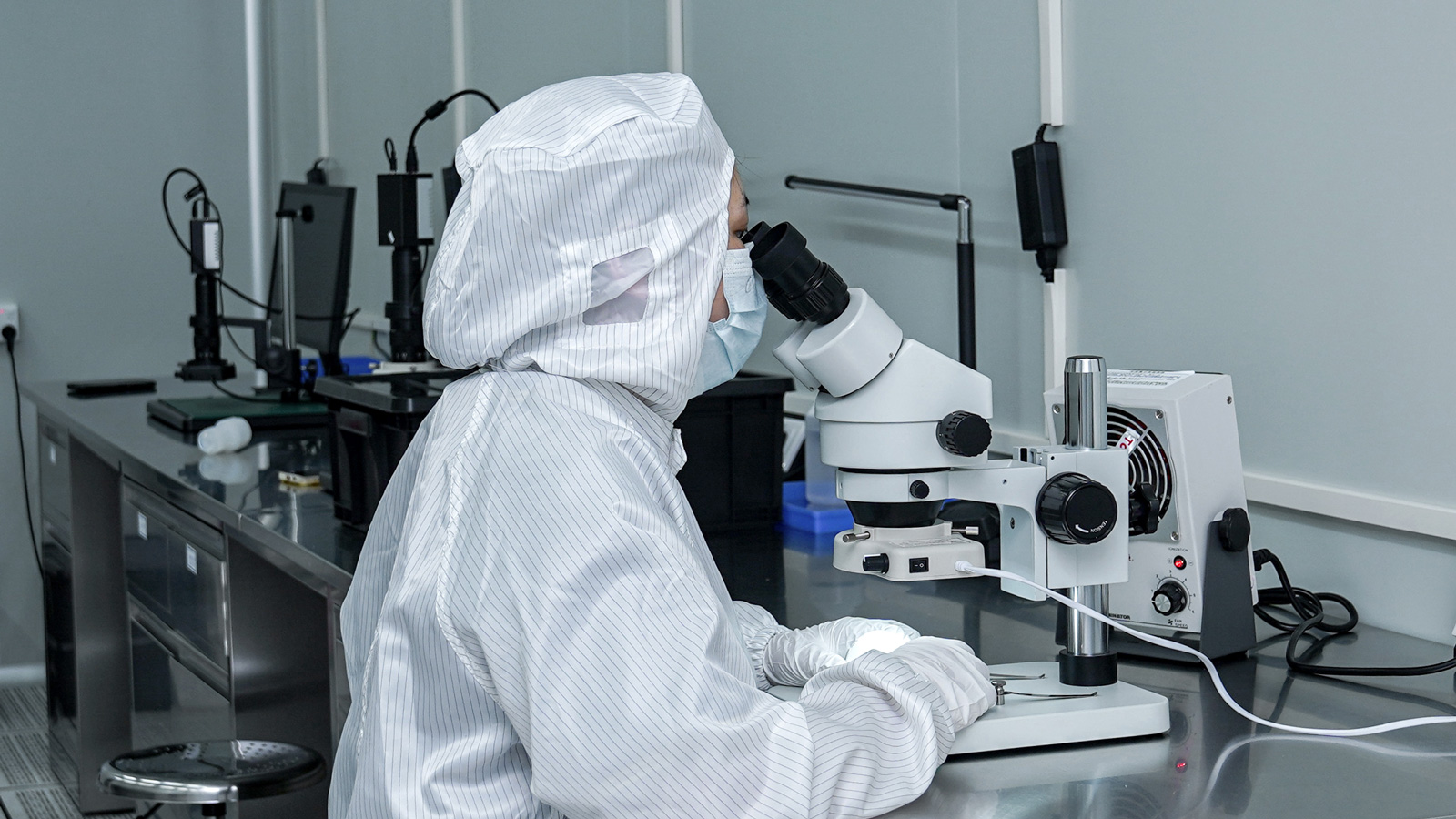In the field of plastic product manufacturing, the complexity of plastic components is closely related to the complexity of the molding process. A complex molding process not only prolongs the product’s time-to-market but also increases costs and negatively impacts product repeatability. Among numerous molding technologies, two-color molding stands out. Next, this article will elaborate on the five key reasons for choosing two-color mold injection molding.
What is Two-Color Injection Molding?
Two-color injection molding is an efficient and advanced molding method. It can mold plastic parts with multiple colors, materials, or complex designs in a single mold and on a single machine. This unique molding approach not only helps products achieve market differentiation but also significantly enhances their application functions, providing strong support for improving product market competitiveness.
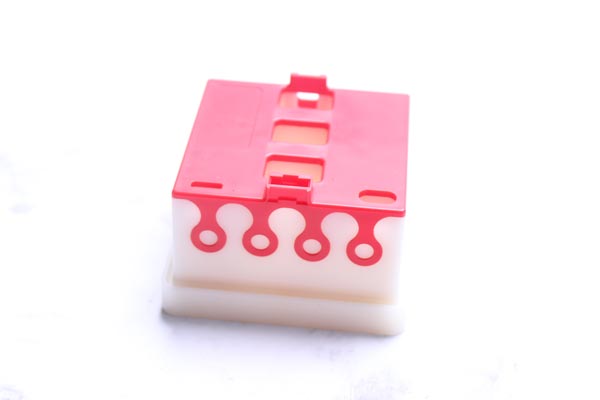
Five Reasons for Choosing It
- Significant Reduction in Time and Labor Costs
Traditional secondary molding methods require the use of multiple molds and machines for products with multiple materials. A part of the product is molded and cooled in one machine and then transferred to a second machine for overmolding. This process involves two separate cycle times, increasing manual operations and requiring multiple quality inspections and verifications. Two-color injection molding cleverly eliminates these cumbersome secondary operations, greatly shortening the product’s time-to-market and effectively reducing overall labor costs, making the production process more efficient and economical. - Excellent Cost-Effectiveness
Two-color mold injection molding not only saves physical labor but also simplifies the process, thereby effectively reducing total costs. The key factor in cost reduction is the elimination of secondary operations, which in turn reduces costs associated with maintaining and operating other machines, including equipment maintenance expenses, factory space occupancy costs, and time costs. This cost advantage enables enterprises to better control costs and improve economic benefits during the production process. - Achieving Controlled Repeatability and Consistency
Whether precise replicas can be manufactured in each injection on any machine largely depends on the scientific control of the process. Two-color mold injection molding excels in this regard. Since both components are manufactured in a single mold and on a single machine, every production step can be precisely controlled and closely monitored. In contrast, traditional overmolding methods face significant difficulties in controlling quality and repeatability and are unable to conduct scientific tracking, often leading to minor variations and flaws among each manufactured product. Two-color injection molding ensures that every finished product has extremely high repeatability and stable quality, providing a reliable guarantee for product quality. - Wide Compatibility and Diverse Material Selection
Proper material selection is crucial for ensuring the safety and quality of component adhesion. Two-color molding offers significant advantages in material selection. It supports the use of multiple colors and materials, especially when using this as a marketing strategy for consumer products. By using two non-bonding materials in a specially designed mold, this technology can skillfully mold parts together, achieving a perfect combination of different materials and meeting diverse product requirements. - Opening Up New Design Possibilities
Two-color mold injection molding brings unprecedented innovation opportunities to product design. It supports the combination of multiple colors, materials, and components, enabling the creation of more diverse product appearances and textures. At the same time, this technology can enhance product performance, providing users with a better usage experience. Whether it’s consumer electronics pursuing a fashionable appearance or industrial components focusing on functionality, two-color mold injection molding can offer unlimited design possibilities, helping products stand out in design.
